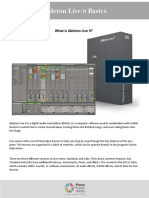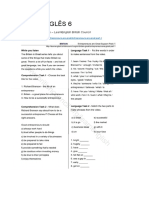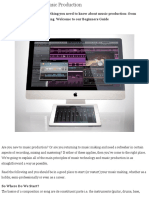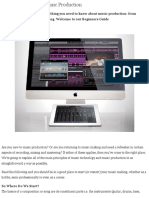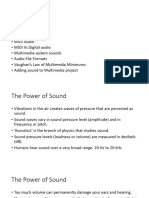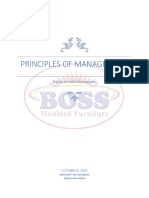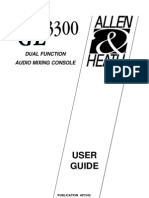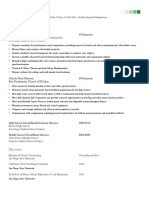0% found this document useful (0 votes)
100 views26 pagesBy The End of This Lecture Students Will Have Learned The Following
This document provides an introduction to music production and Ableton Live 9. It discusses what music production is, popular DAWs including Ableton Live 9, equipment used for audio production such as computers, DAW software, audio interfaces, studio monitors, microphones, headphones, MIDI keyboards, and connectors/cables. It also covers how to set up Ableton Live 9 with an audio interface and MIDI controller, and how to adjust buffer settings and sample rate in Ableton to reduce latency.
Uploaded by
Rana WahabCopyright
© © All Rights Reserved
We take content rights seriously. If you suspect this is your content, claim it here.
Available Formats
Download as DOCX, PDF, TXT or read online on Scribd
0% found this document useful (0 votes)
100 views26 pagesBy The End of This Lecture Students Will Have Learned The Following
This document provides an introduction to music production and Ableton Live 9. It discusses what music production is, popular DAWs including Ableton Live 9, equipment used for audio production such as computers, DAW software, audio interfaces, studio monitors, microphones, headphones, MIDI keyboards, and connectors/cables. It also covers how to set up Ableton Live 9 with an audio interface and MIDI controller, and how to adjust buffer settings and sample rate in Ableton to reduce latency.
Uploaded by
Rana WahabCopyright
© © All Rights Reserved
We take content rights seriously. If you suspect this is your content, claim it here.
Available Formats
Download as DOCX, PDF, TXT or read online on Scribd
/ 26


